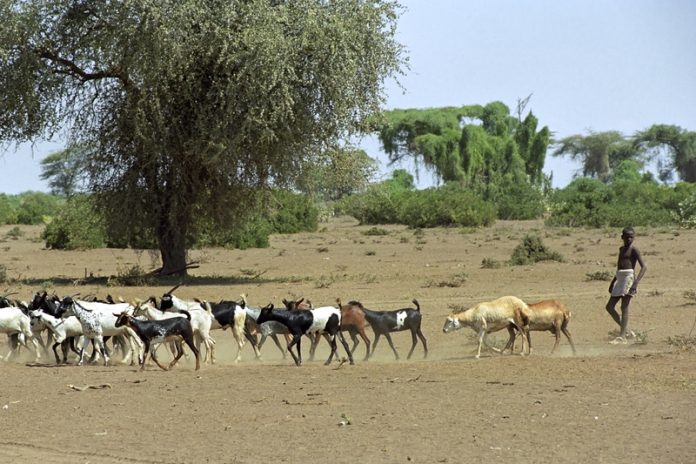
The vital work of the US Agency for International Development (USAID) is examined here by Open Access Government, with a focus on their efforts to promote food security and provide humanitarian assistance in other countries, such as Ethiopia
The US Agency for International Development (USAID) leads efforts in international development and humanitarian terms to reduce poverty, save lives, strengthen democratic governance and help people progress beyond assistance. Their incredible scope of work ranges from preventing the next global epidemic, helping a farmer access tools to grow their business or responding to a devastating earthquake. By way of background, 35th President of the United States (U.S.), John. F. Kennedy created the organisation by executive order in 1961 to lead the government’s efforts in international development and humanitarian assistance.
The USAID’s work covers many areas, such as economic growth and trade, environment and global climate change, gender equality and women’s empowerment, working in crises and conflict, as well as water and sanitation. Another area of their work concerns food security, which we will now look at in further detail. We know that given the scarcity of resources and other challenges, there is a need to be more efficient in how this demand is met. They believe that ensuring a sufficient supply of food for people requires aligning short-term assistance with a long-term development strategy to assist countries to feed their own inhabitants.
In essence, food security can be defined as people having both physical and economic access to sufficient food to cater for dietary needs and to enable a productive and healthy life, at all times. We learn that food insecurity can often be traced back to poverty and has far-reaching consequences on the ability of families, communities and countries to develop. Also, we find out that extended undernourishment stunts growth increases susceptibility to illness and slows cognitive development.
In addition, the growth of the agriculture sector is highly effective in reducing poverty and as such, USAID strongly believes in investing in smallholder farmers who depend on agriculture to feed their families and make a living. There was a spike in world food prices back in 2008 which hurt economies across the world and this led to destabilising riots in no less than 30 countries. To feed a population that is expected to grow to 9 billion people by 2050, USAID points out that the world will somehow have to double its current level of food production, albeit with less water and land.
At the G-8 Summit in L’Aquila, Italy in 2009, the U.S. rallied global leaders to address the root causes of global food insecurity. This meeting set the foundation for the U.S. government’s global hunger and food security initiative, Feed the Future, which is making a significant contribution towards a concerted global effort to combat global poverty, hunger and malnutrition. Led by USAID, Feed the Future plays on the strengths of agencies across the U.S. government and leverages resources with multilateral organisations, NGOs, research institutions, the private sector other stakeholders to step up inclusive agricultural growth.
Feed the Future, in collaboration with 10 other U.S. government agencies and departments, aims to do the following:
- Invest in cutting-edge scientific and technological agricultural research;
- Develop agricultural markets; Help farmers access capital;
- Offer extension services;
- Develop sustainable agriculture strategies;
- Provide emergency food assistance.
So, we know that through efforts like Feed the Future, USAID, in summary, are: “Advancing global food security by helping to improve the most basic of human conditions: the need that families and individuals have for a reliable source of quality food and sufficient resources to purchase it. This, in turn, supports global stability and prosperity.” (1)
Finally, let’s take a look at a recent example of how the USAID is providing assistance, which in this case is to support the inhabitants of the Federal Democratic Republic of Ethiopia. As many people in Ethiopia have left their homes due to escalating conflict or natural disaster and are facing severe food insecurity as a result, the U.S. announced in July this year an additional $170 million in humanitarian assistance to support them.
The funding will provide emergency food and nutrition assistance, life-saving medical care, shelter and safe drinking water. It will also fund programmes to improve sanitation and hygiene to treat and stop the spread of preventable diseases. It is estimated that 8.5 million people in Ethiopia are in need of urgent humanitarian assistance, a situation that has escalated due to the insecurity and large-scale displacement along the border of Oromiya and Southern Nations Nationalities and Peoples region. We learn that the number of people displaced along the Gedeo and West Guji zones has risen to almost one million since April 2018. This newly displaced population is on top of the 1.6 million Ethiopians who have been pushed away from their homes by drought conflict and as such, require immediate and vital humanitarian assistance. (2)
References
1 https://www.usaid.gov/what-we-do/agriculture-and-food-security
Open Access Government










